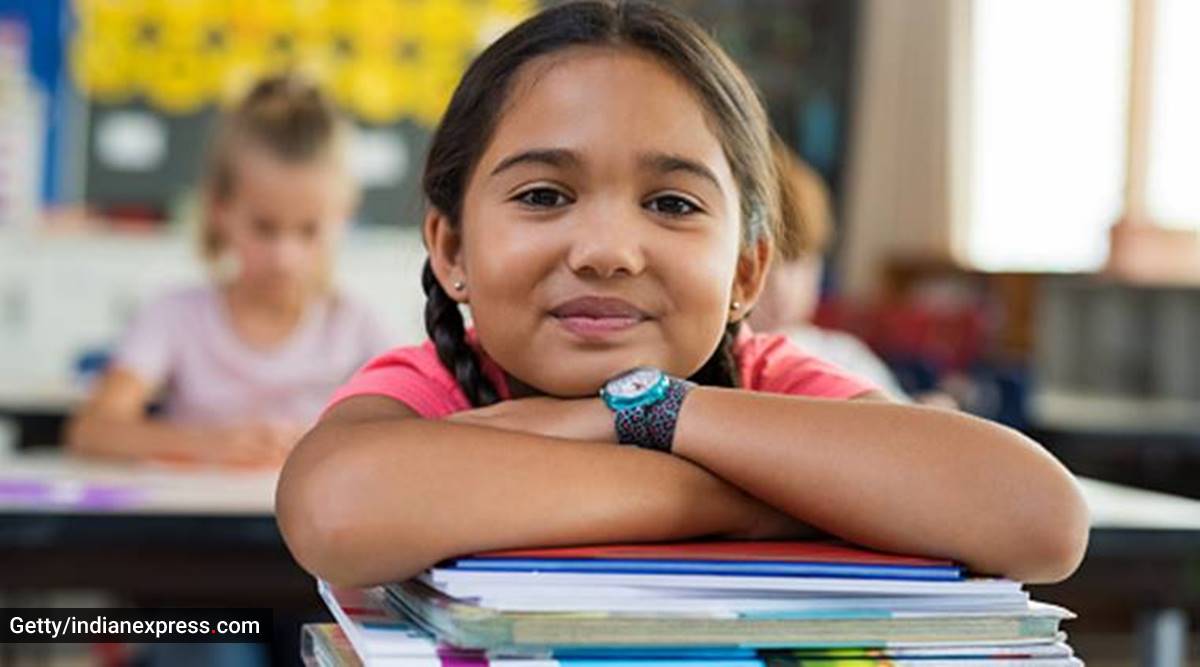As compared to the conventional learning models, PBL is more collaborative, exploratory, flexible and application-driven

By Rohit Jain
The 21st century is all about updates. Every few years, technology updates and our lives are transformed. Everything from the way we communicate to the way we travel has evolved radically in the last couple of decades. Yet, somehow, we have not taken the same approach with education. In classrooms we are still learning with pretty much the same tools that our parents learned with. Is this how we are preparing our future generation? We must change not just what we learn, but how we learn.
In this constantly updating world, one must focus on simplifying the complexities the day and age brings with itself. If we want our kids to grow up and find the solution to these challenges, we can’t keep teaching them from the same old education model where you just need to by-heart any and every school textbook.
From cleaning homes to building dams, all have some or other element of technology in it. Technology will become more inseparable in the coming future. So, why keep it away from kids? Let’s equip students with the right tools to make them understand the problems within the classroom and let them use the tools to explore answers to real-time problems.
What’s Project-Based Learning (PBL)?
If you want to train kids for the problems of the future, you can’t waste their time by asking them to remember dates, complete homework and worksheets or make notes. They need space to explore theories and apply them in the practical sense.
Project-based learning is a new type of learning model where kids are encouraged to retain information by stimulating real-time situations that allow kids to test their limits and develop applicable skills that they will continue to call on throughout their lives.
As compared to the conventional learning models, PBL is more collaborative, exploratory, flexible and application-driven. It uses real-world situations to facilitate learning via channelling the child’s spirit of curiosity to the academic subjects across the curriculum.
Within PBL, there are various mediums through which students learn. Like via field trips, toys, presentations, exploring various materials, creating 3D models, experiments, and much more.
What are the objectives of Project-Based Learning (PBL)?
Development of critical reasoning skills: When faced with a problem or situation it is important to understand, analyse and make hypotheses of the problem before coming to the answer. Critical reasoning can help students to make more informed decisions and opinions. And that is the first objective of PBL.
Development of self-directed study skills: Most of the time students, especially kids, need parental guidance to do assignments or understand class lessons. PBL attempts to make lessons not just easy to understand, but explore each topic without being right or wrong.
Development of team skills: One of the main reasons is for students to have social development. By being part of group projects, students get to interact with one another, collaborate, brainstorm and finish the task successfully. Students learn to take responsibility for their group’s ongoing work and accept/provide constructive criticism.
Why is project-based learning the best way of learning?
First and foremost, students understand not just the concept but the context of their lessons. Students no longer are passive learners but the active architects of their own learning journey.
Secondly, the PBL way of learning encourages kids to make connections with the lesson content, exploring and soaking each subject area in isolation. Thus, in turn, helping in long-term information retention.
With PBL students doing a sort of real-world learning, they gain a deeper understanding of concepts through experiments and experience. This helps the students to prepare early to meet challenges in the actual world practically and professionally.
In PBL, students are the centre of learning. Thus gaining trust and improving their attitude towards education. Instead of running away, students engage more in the class and positively seek feedback.
Finally, the PBL way of learning teaches kids the 21st-century skills to solve 21st-century problems. Thus making them well equipped for their future careers. Few things that they learn from PBL like critical thinking, collaboration, creativity, innovation, communication, etc will help them for college and make them career ready.
Project-based learning is a powerful tool, through which students get educated by the “learn by doing” model. Research done by Autodesk Foundation found out that kids who learn through the PBL model have shown significant improvement in their attendance, better performance in tests and assessments, and overall class engagement. It’s the best way of learning because students get to build stronger bonds with their teacher. The skillsets earned by the PBL model are highly sought after by top universities and employers.
(The writer is Co-Founder, uFaber.)
Source: Read Full Article



